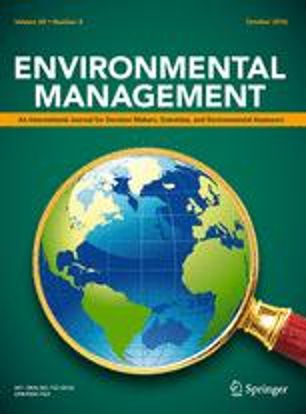Although existing simulation tools can be used to study the impact of agricultural management on production activities in specific environments, they suffer from several limitations. They are largely specialized for specific production activities: arable crops/cropping systems, grassland, orchards, agro-forestry, livestock etc. Also, they often have a restricted ability to simulate system externalities which may have a negative environmental impact. Furthermore, the structure of such systems neither allows an easy plug-in of modules for other agricultural production activities, nor the use of alternative components for simulating processes. Finally, such systems are proprietary systems of either research groups or projects which inhibits further development by third parties.SEAMLESS aims to provide a tool to integrate analyses of impacts on the key aspects of sustainability and multi-functionality, particularly in Europe. This requires evaluating agricultural production and system externalities for the most important agricultural production systems. It also requires a simulation framework which can be extended and updated by research teams, which allows a manageable transfer of research results to operational tools, and which is transparent with respect to its contents and its functionality.The Agricultural Production and Externalities Simulator (APES) is a modular simulation system aimed at meeting these requirements, and targeted at estimating the biophysical behavior of agricultural production systems in response to the interaction of weather and agro-technical management. APES is a framework which uses components that offer simulation options for different processes of relevance to agricultural production systems. Models are described in the associated help files of components, and a shared ontology is built on the web. Components like these, which are designed to be inherently re-usable, that is not targeted specifically to a given modelling framework, also represent a way to share modelling knowledge with other projects and the scientific community in general.This chapter describes the current state of APES development and presents modelling options in the system, and its software architecture.
DOI:
https://doi.org/10.1007/978-90-481-3619-3_4
Altmetric score:
Dimensions Citation Count:
























